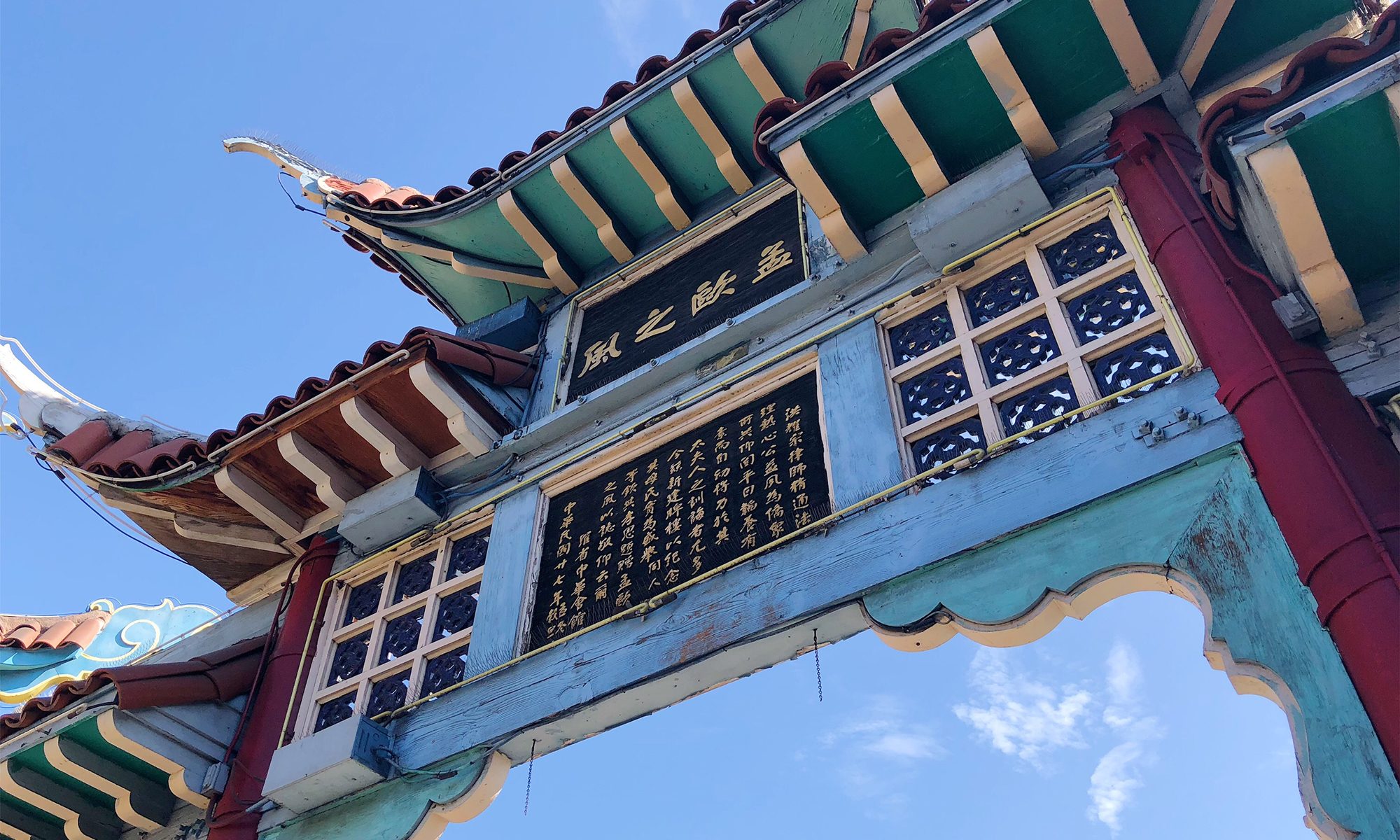BY PIPER HUDSPETH BLACKBURN
COLLEGE STATION
The proposed College Station development seemed easy enough on paper. An empty 5.7-acre in Chinatown was surely big enough for 770 apartments, ground-level retail and a market. A restaurant had been cleared to make way for the spot. Another apartment building had just opened, and construction of another had already begun less than a half a mile away.
At a final 2019 hearing on the project at City Hall, the project seemed to be about more than the bureaucratic process of approving a development project. Supporters of the project sat on the left, and spoke of economic benefits like foot traffic and new jobs. Opponents were grouped on the right, and argued that the project would result in rent hikes and the displacement of long term residents.
Atlas Capital, the real estate investment, development and management firm in charge of the College Station project rebuffed residents’ affordable housing concerns.
“The planning commission added a minimum of percent of 5% of [sic] to the affordable units. We believe that this is an illegal addition,” said Kyndra Casper, who represented Atlas Capital at the meeting. “The project has no legal obligation to provide affordable units. It does not seek a density bonus or other affordable housing development incentives.”
At the conclusion of the meeting, Councilman Cedillo, spoke in support of the project: “We welcome the market rate housing because we know from our vision, from the plans that are laid out here, from what we know that there’s going to be more economic activity.”
College Station received final approval by the City Council’s planning and land use committee three days later, but for many residents of Chinatown, the issue is far from finished.
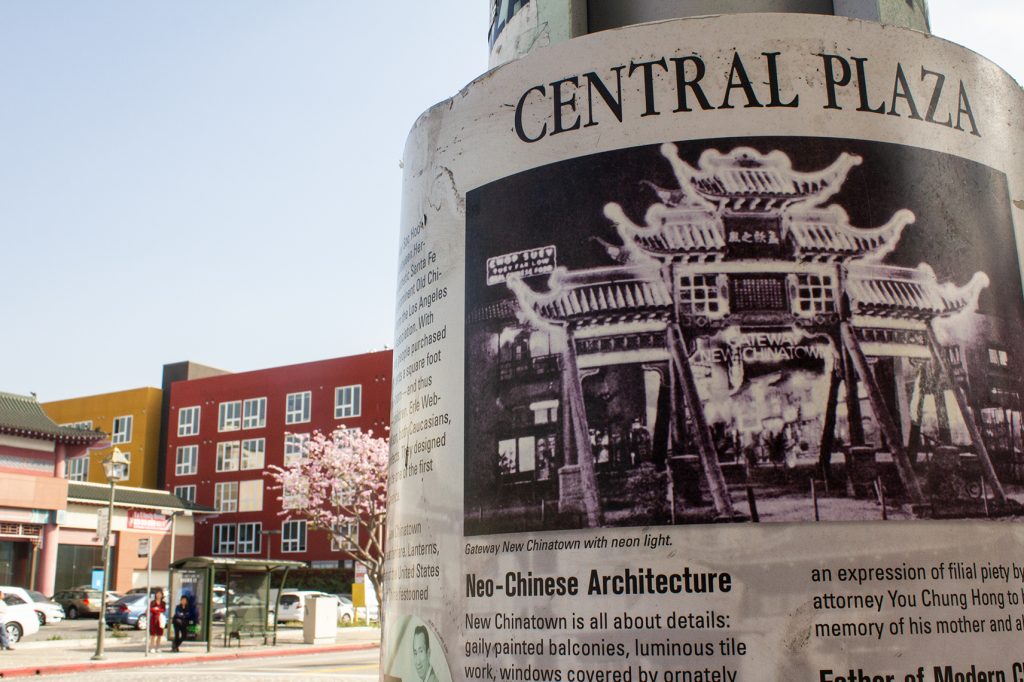
DISPLACEMENT, REVISITED
Downtown Los Angeles is changing. Where there were once empty buildings in the Financial District and skyscrapers in foreclosure, there are now Uber pick-up points, new luxury condos and ice-creams shops. These changes have also given rise to fears of rising rents and gentrification.
For some long-term residents of Chinatown, one of the last remaining ethnic enclaves located in downtown, that fear is quickly becoming a reality. Several apartment communities experienced a rent increases in 2018. For Hillside Villa residents, the increases amounted to nearly 200% in less than a year, according to a press release by the Hillside Villa Tenants Association.
The memory of displacement is powerful in Chinatown. Some residents of Hillside Villa were relocated to make room for the Convention Center, Staples Center, and LA Live in the late 90s. Even the historic part of Chinatown and it’s Central Plaza, built in the 1930s, is a result of displacement brought on by the construction of Union Station, which along with Highway 101, sit on top of the remnants of Old Chinatown.
Amidst the economic growth of Downtown, The Department of City planning is in the midst of the completing largest update of the city’s general plan since the early 90s.
Many community members find that the conflict between economic gail and affordable housing is negotiated on the city planning level. The process itself is intended to include residents, business associations, neighborhood councils and developers alike.
“You need an involved community, you need people who want to help with decisions,” said Eugene Moy, a community leader and member of the Chinatown Sustainability Dialogue Group. “When people are not engaged in the democratic process, it’s harder to create a direction that you can truly say is based upon the community’s’ desire.”
For community organizers like Frances Huynh, the forman planning process can leave marginalized residents out of the process. While developers and long-term stakeholders in Chinatown may have time to attend hearings, Huynh says residents may not always be able to attend.
“City hearings are super inaccessible. Not just for younger abled body folks, but they’re inaccessible for working class, elderly, residents,” Huynh said.
Huynh works with the Chinatown Coalition for Equitable Development (CCED) and assists local residents as they advocate for affordable housing and fair rent. Many find that planning hearings are usually held during working hours, hindering the ability for some residents to appear and lend their voice. The technical jargon used in some community planning materials can be hard to understand for those who do speak english as a first language.
“That’s something that our department is trying to do a better job at,” said Jenna Monterossa, a council liaison with the Department of City Planning. “Explaining what we do so that it’s understandable, so that it’s technically correct and we’re not dumbing down language, but that it’s just written so that people can understand it better.”
Monterossa admits that it can be difficult to get the larger community involved with the planning process through outreach workshops and presentations.
“For parts of the city where I think people don’t feel as empowered, they don’t typically come out as much,” she said.
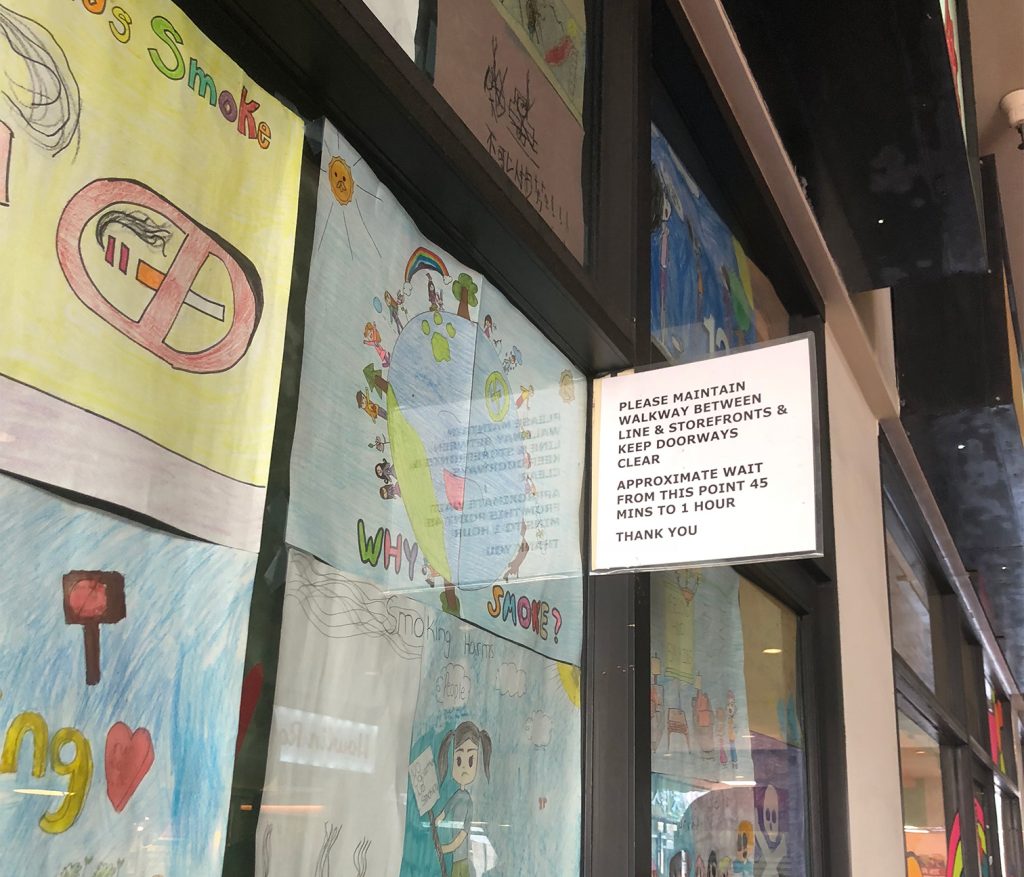
For Huynh, there are other ways to let the larger community know the demands of residents.
“To our residents, we really emphasize that the city planning process is a formal process,” said. “…there’s definitely opportunity for residents to make fair demands and have voices heard outside of planning process.”
“The department can only require what our code requires,” said Monterossa.
WHAT THE CODE REQUIRES
Still, the planning process has far reaching impacts that go beyond hearings for new developments. An change in affordable housing requirements or zoning can impact the economic and social futures of many communities.
With the role that planning documents play in the future of communities like Chinatown, The Chinatown Sustainability Dialogue Group decided to take the matters into their own hands, by creating their own.
Lead by Eugene Moy, second vice president of the Chinese American Museum and community leader, and other members of CCED, Wapow Magazine, and residents, the group has drafted a plan for the community to get behind. It sets community standards that prioritize elderly and working class residents, emphasizes the historical place that Chinatown occupies in the city, and makes demands for affordable housing and more pedestrian friendly development.
The plan itself has been submitted for review by the city. The more difficult part, for some, is getting the community to stand behind it. Local groups in Chinatown do not always agree on what demands are best for Chinatown’s future. At the College Station hearing, CCED pushed for more affordable housing, while George Yu, president of the Chinese Business Improvement District, asked for more market rate housing.
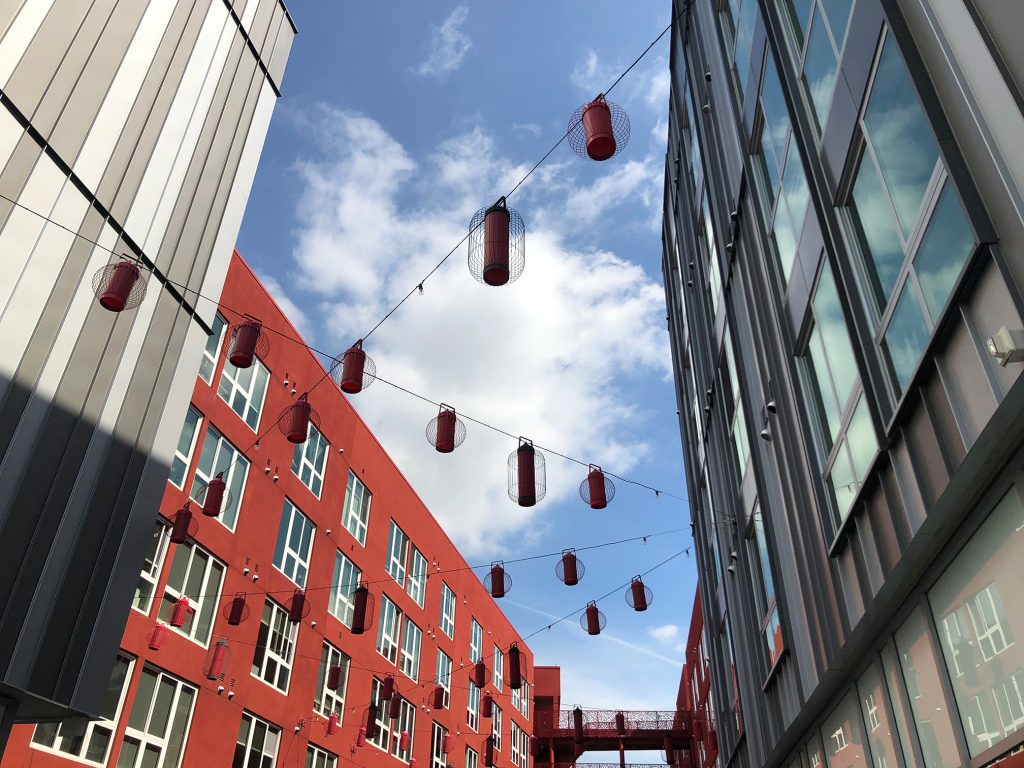
Wendy Chung, editor of Wapow Magazine, a bilingual community news source for residents and visitors to Chinatown, founded the publication as a way to improve communication between different groups and residents.
“With Wapow we try to be a media for the community that’s accessible and that really tries to connect people with these resources that they may not know about but that are active in the community,” said Chung.
Groups like Wapow Magazine, Chinese Sustainability Group, and CCED provide residents with opportunities to be visible in their own community outside of the barriers of the planning process.
Even without the efforts of the community plan proposed by the Chinatown Sustainability Dialogue Group. Chung believes that it’s on the city to understand the community’s demands.
“It’s really on the planners to be thinking of these issues,” said Chung. “These are your constituents and whether or not hey go to your meeting, you need to make sure their needs and interests are captured in the plan.”
In a 21st century Los Angeles shaped by insta-tourism, new construction, and a past of discriminatory laws and practices, Huynh finds that some of the biggest problems is how others may look at Chinatown’s future.
“I hear people write and talk about Chinatown as a place that’s dying- a place that’s only for tourists and that no one lives there anymore,” said Frances Huynh. “On the flip side, I hear people talking and writing about Chinatown as an up and coming place, as this hot destination.”
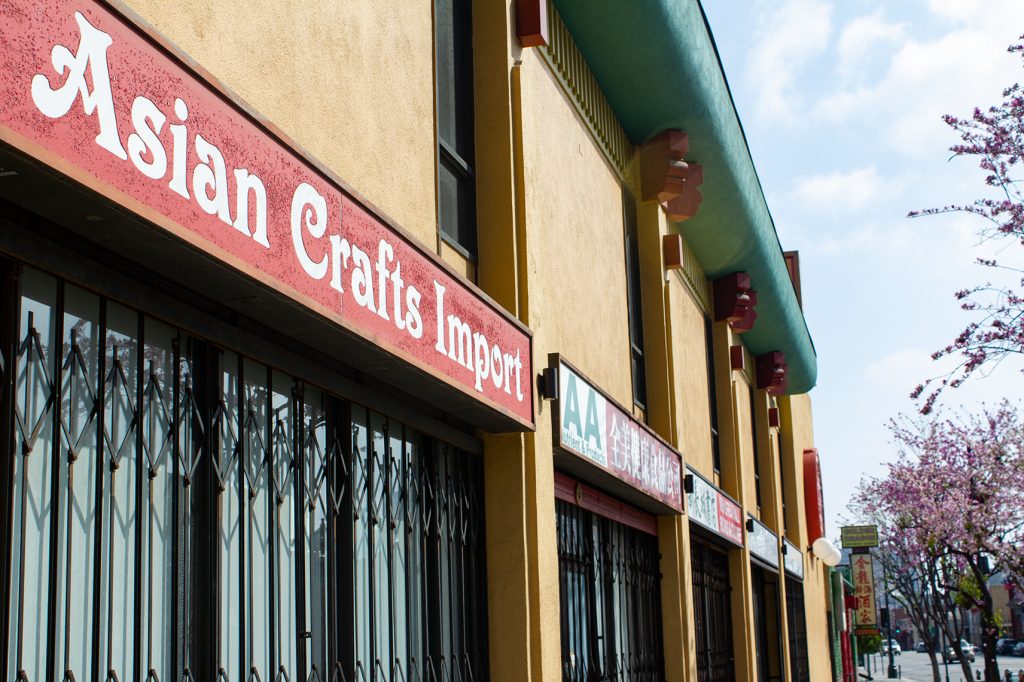
While galleries, restaurants and and pop-up clothing stores open in Chinatown, some local businesses such as Asian Crafts Import, have closed their doors. 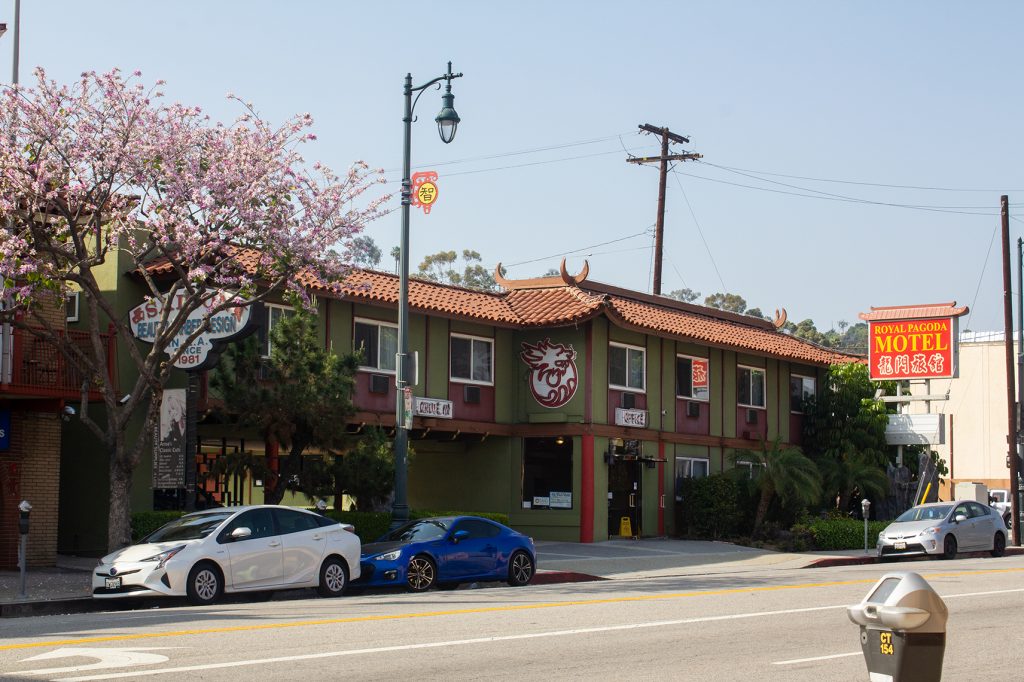
New developments are also set to change Chinatown’s skyline. The owners of the Royal Pagoda Motel, pictured here, have filed plans to demolish the existing structure and replace it with a 9-story hotel.
But for Huynh, both visions misunderstand the reality of Chinatown.
“They both paint Chinatown as this place where people don’t live anymore,” said Huynh. “But they do. They’re sustaining the neighborhood and they’re socializing there. They’re organizing there, and we have to remember that people still exist there.”
